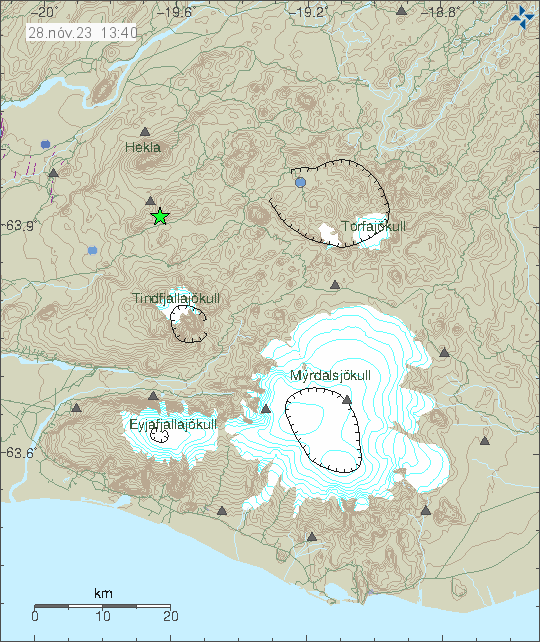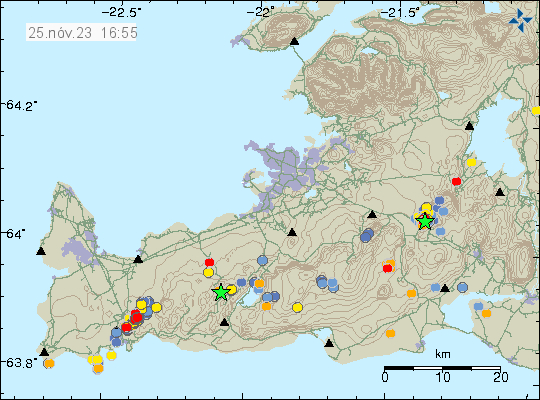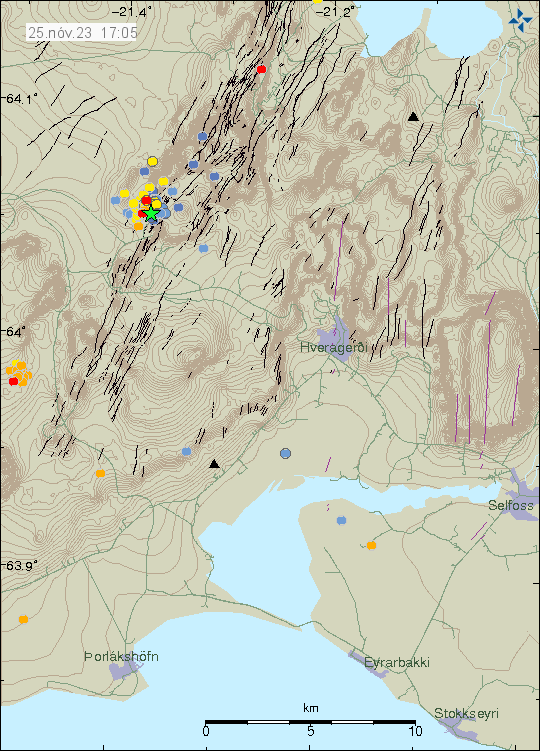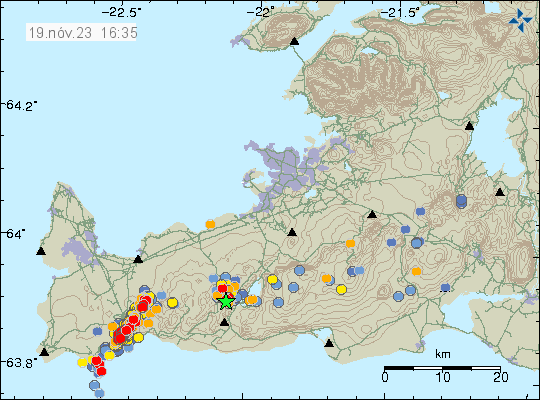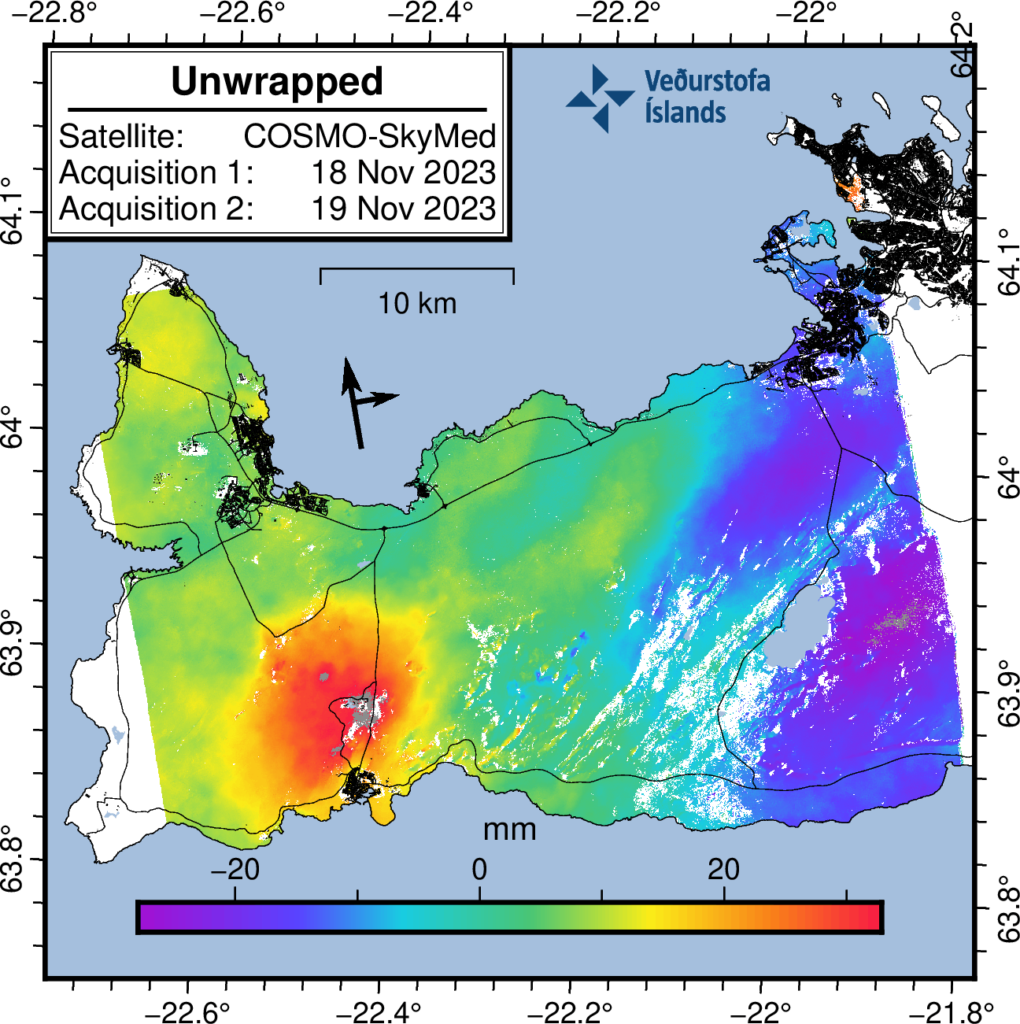This is a short update and information here can go outdated quickly and without warning.
There has not a lot been happening in last few days. Here is a overview for the last few days.
- Inflation continues in Svartsengi. Over the 90 day GPS data period. The inflation has reached the zero line. That means the inflation is now at the same level as it was before 25. October 2023. It still has about 100mm to go before it reaches 10. November levels and the sill broke and the magma dyke happened. But it is important that the GPS data from 2020 shows that Svartsengi lowered to 140mm below the January 2020 starting point with the GPS data.
- The GPS data from January 2020 for Svartsengi show that total inflation in the area is around 230 to 250mm. This information can be viewed here (this is a none https link, so it might require an exception in Google Chrome or just use Mozilla Firefox). There’s a lot of GPS data on this site. Some of it show short term GPS data that are from last 12 hours daily update. Looking for the correct data image might take some time.
- Inflation might need to reach 10. November levels before anything happens again. The dyke even on 10. November seems to have changed how things happen in Svartsengi so it is impossible to be sure what happens next.
- While the magma collecting phase is ongoing. Things are going to be quiet with the earthquake activity in this area.
- The rift valley, best I can see, continues to change and sink and rise. Resulting in ongoing damage to Grindavík town.
- There’s less news about this at currently. That gives me less information on what is going on.
Next update should be by Friday 8. December, unless something happens.

